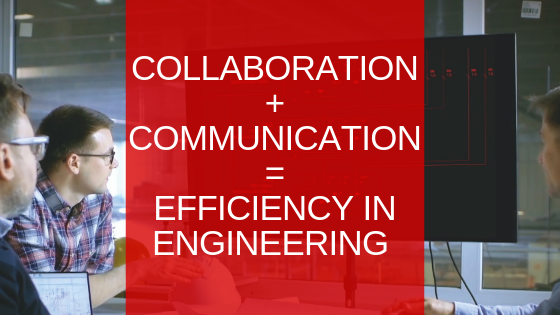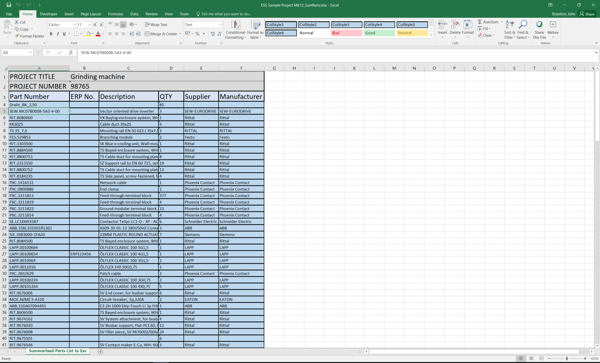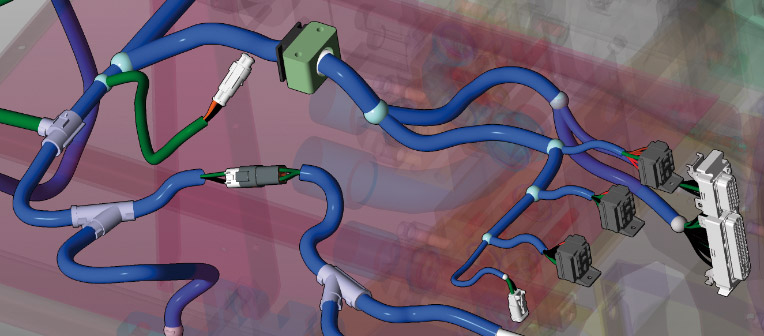Author
 Andrew Mutch
Having previously worked as an aircraft technician with HM Forces, Andy is one of our Professional Services Consultants and has been with EPLAN for 10 years. Part of Andy's role is to actively analyse customers processes, develop solution concepts and workflows for customer requirements. Andy is also our resident Harness expert!
Mutch.a@eplan.co.uk
Andrew Mutch auf LinkedIn
Andrew Mutch
Having previously worked as an aircraft technician with HM Forces, Andy is one of our Professional Services Consultants and has been with EPLAN for 10 years. Part of Andy's role is to actively analyse customers processes, develop solution concepts and workflows for customer requirements. Andy is also our resident Harness expert!
Mutch.a@eplan.co.uk
Andrew Mutch auf LinkedIn
Streamline Design for Special Vehicles
Special vehicle manufacturing is a diverse and extremely dynamic sector of the economy, and those working in this highly competitive area face constant design challenges. To successfully address these, special vehicle manufacturers must consider the full lifecycle of the product from the very earliest stages of design.
More often than not, modifications to the initial requirements for the vehicle occur along the way, complicating implementation and sometimes creating confusion. But it is important to remember that these changes are aimed at improving the overall product and they are an integral and very important part of the design process. After all, if you find a more efficient way of completing tasks along the way, why not take it rather than continue with the initial and almost certainly slightly inferior approach?
Unfortunately, even if they result in a superior end product, changes to a prototype can be a fruitful source of miscommunication between departments, leading to errors that are expensive and difficult to remedy. Fortunately, the right CAE software can help to alleviate these issues whilst reducing the risk of human error in the design.
For the best possible outcomes, a CAE system should connect all three of the key engineering disciplines – mechanical, electrical, software – that are involved in the development of a special vehicle. By streamlining communication and collaboration between these disciplines, which are all too often isolated from each other, there are fewer opportunities for mistakes and thus less time and resources spent on scrap and rework.

So how does it work? Traditionally, manufacturers opted for a sequential design strategy where the project would move from one department to the other, as if on a conveyor belt. Mechanical design is usually carried out first, and then the electrical design follows, with software development usually bringing up the rear. But with CAE systems, manufacturers can work on different parts of the projects in parallel.
It is clear that sequential design is inherently slow, as the electrical design can’t start until the mechanical design is finished. This means more time spent overall on defining the project and, therefore, a slower time to market. And there’s another, even bigger disadvantage. Electrical designers are restricted by the mechanical design, which means they often can’t optimise the electrical systems. In the worst case, they may have to ask for the mechanical design to be modified to accommodate the electrical systems; this leads to further costs and delays.
Moving from a sequential design process to a simultaneous one therefore saves time and reduces the risk of errors stemming from misunderstandings between departments. It also encourages the design teams (electrical, mechanical and software) to work together to produce the best possible finished vehicle in terms of performance, reliability and value for money.
Another benefit of respectable CAE software is that it generates accurate documentation with minimal effort and time spent by the design team. Eliminating discrepancies between the documentation and the actual as-built product makes maintenance much easier, which helps reduce the lifetime cost of the vehicle, and gives the customer greater confidence in the manufacturer’s abilities and quality control.
 Bill of Materials can be produced that are accurate.
Bill of Materials can be produced that are accurate.
A typical CAE package will make it easy to define electrical schematics and will also offer support for fluid design necessary, for example, for vehicle hydraulics. The best packages, however, go further, by providing facilities for designing wiring harnesses not just in 2D, but also in 3D, using data imported from the mechanical design process. This is in itself a key benefit for vehicle manufacturers, but there’s another slightly less obvious benefit to consider.
With CAE-designed harnesses, the vehicle manufacturer only has to release a limited amount of information to the harness supplier – typically production reports, cable sizes and connector details. This is particularly important for military vehicles, where restricting unnecessary transfer of information to suppliers is crucial. It also allows for intellectual property to be kept safe, away from competitors.
CAE software is increasingly being used across a multitude of industry sectors. As special vehicles become more and more technologically advanced, simple engineering know-how is no longer enough. Human abilities to organise, calculate, design and implement changes are now stretched to the limit by the intricacies of the end product.
As a result, a universal and knowledgeable aid is required; one that combines everyone’s input, enabling ease of communication and quality of execution. A good CAE package will smooth the design process and iron out any potential issues before they become costly. In a nutshell, CAE software can act as an exceptionally efficient assistant, supporting each department and letting the most innovative ideas shine through. It can streamline design and send savings straight to the bottom line for manufacturers.
Would you like to find out how EPLAN Harness proD can help you with your cabling design challenges? Read more about EPLAN Harness proD...




Comments